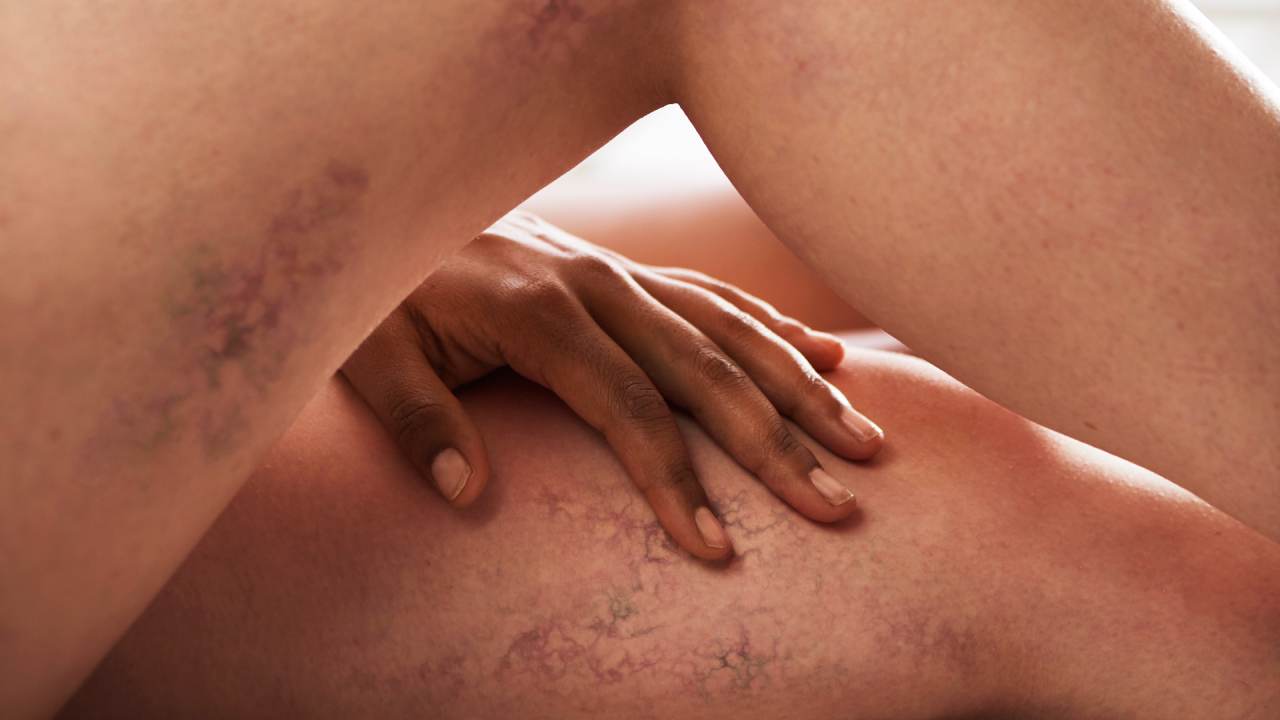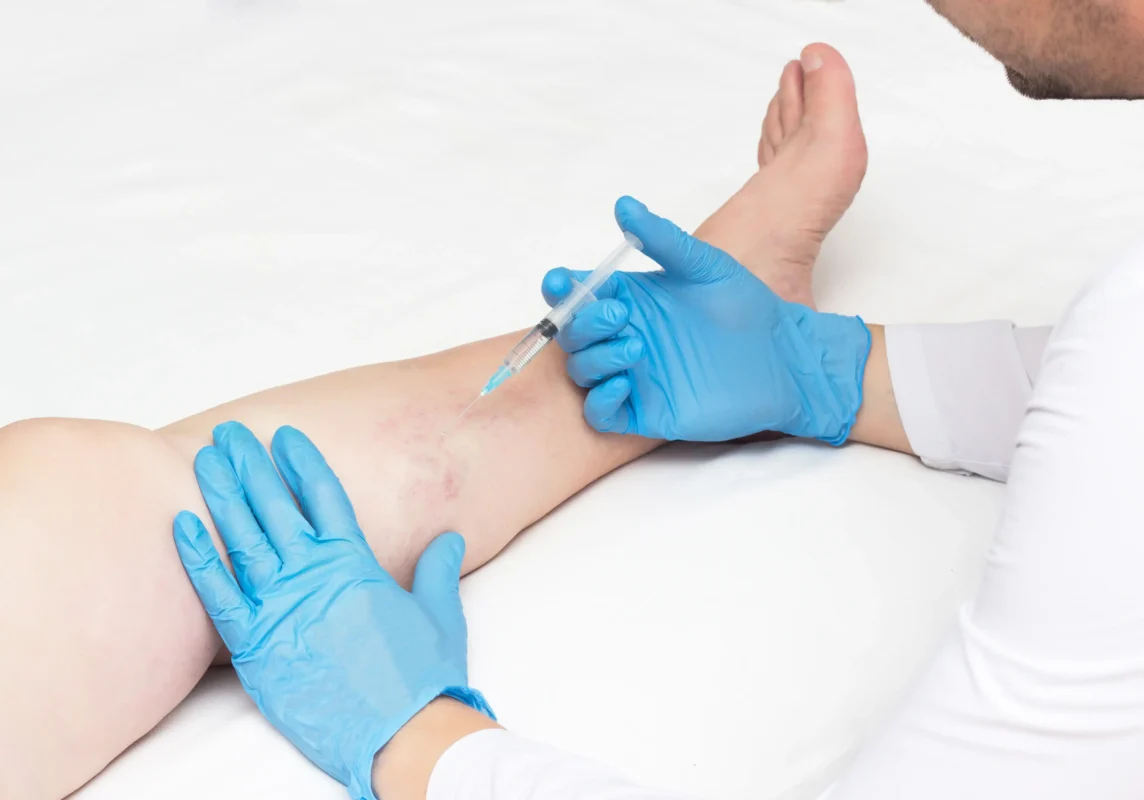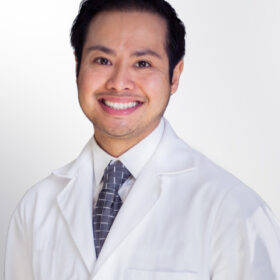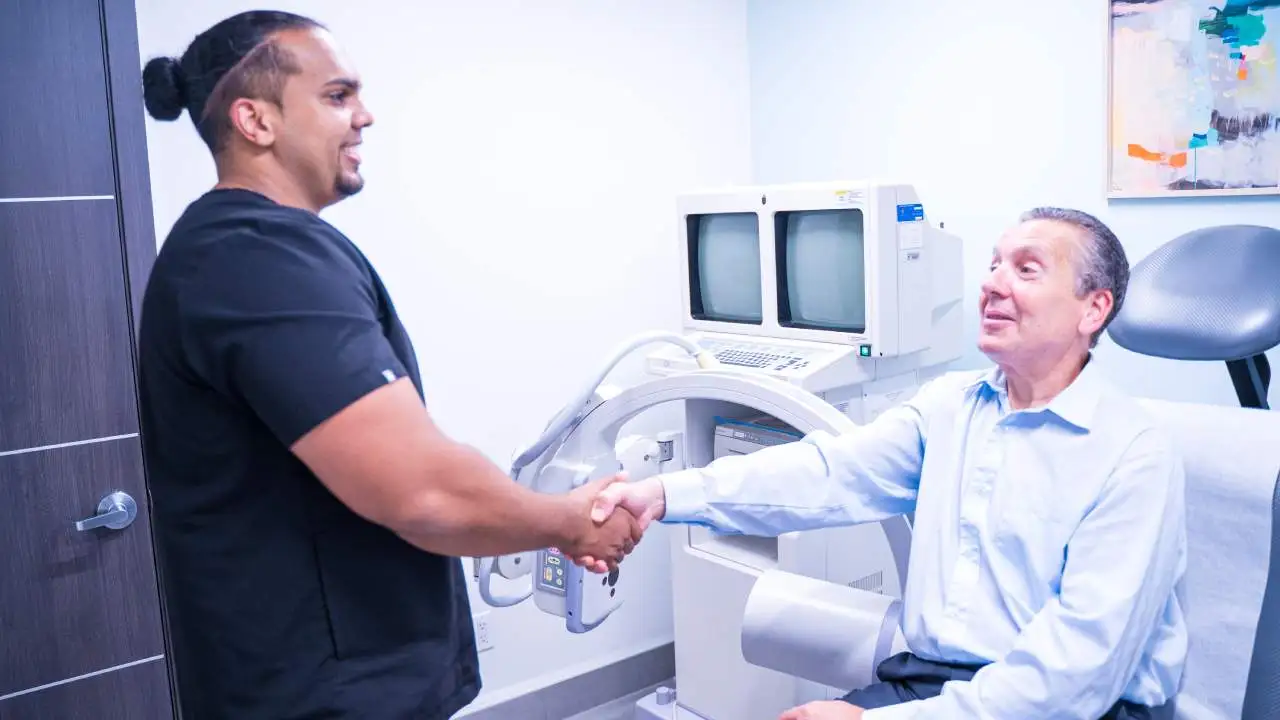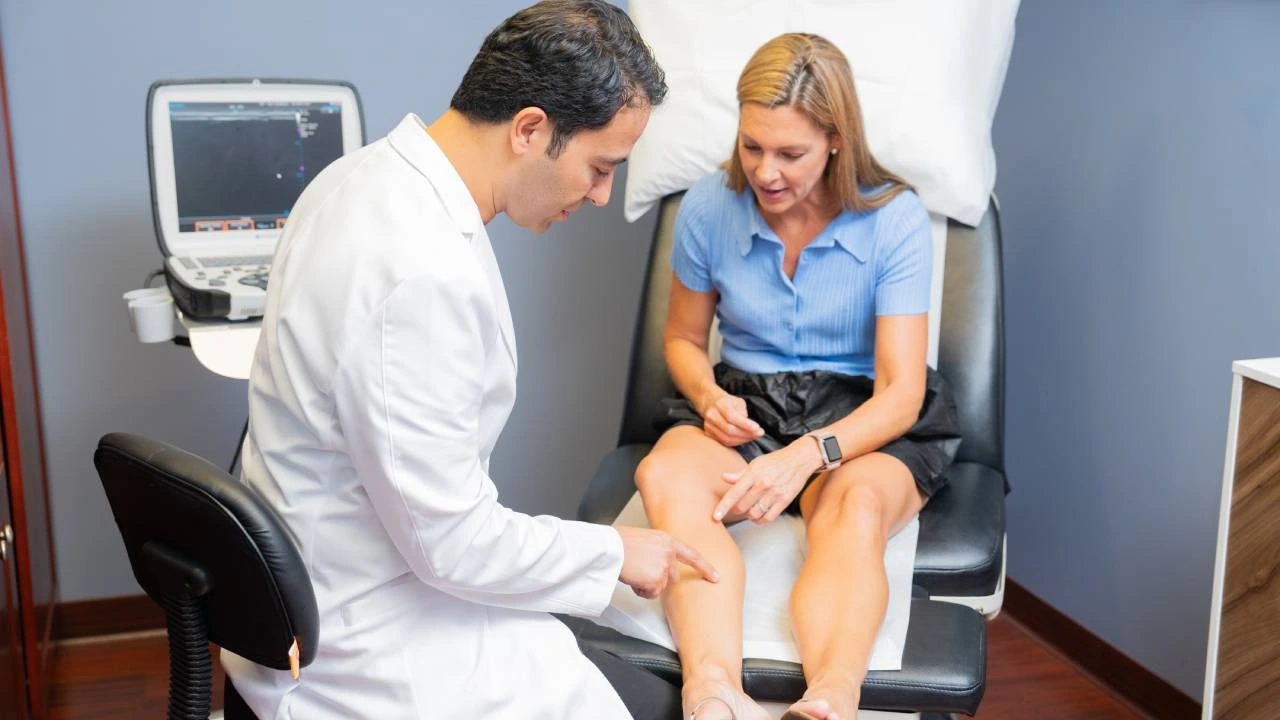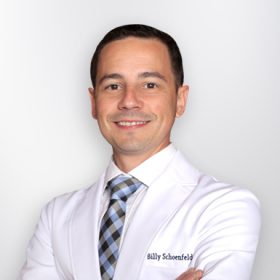Spider veins affect many people, but there are things you can do to reduce your risk of developing them. The following tips not only help to prevent spider veins, but also reduce discomfort caused by existing vein problems.
If you already have spider veins or are experiencing symptoms such as heaviness on your legs, restless leg syndrome and leg cramps, jump ahead this article and fill in our vein treatment cost calculator to get your insurance coverage verified, and get paired with a vein doctor near you. 96% of vein treatments are covered by all major medical insurances and Medicare.

Wear Sunscreen
Sun damage reduces the amount of collagen that your skin cells make. This reduction in collagen makes skin thinner, which in turn makes blood vessels more visible. Wearing sunscreen blocks UV radiation, reducing sun damage and therefore making spider veins less likely.
Exercise Regularly
Regular exercise strengthens veins and improves circulation. To reduce your risk of developing spider veins, spend as much time as possible doing leg exercises, such as running and walking.
Lose Weight
Being overweight puts more pressure on the veins in your legs, which increases the risk of them becoming damaged. Use a sustainable exercise routine and healthy, balanced diet to gradually lose weight.
Avoid Prolonged Standing Or Sitting
Standing still for a long time places pressure on your legs, which can damage the veins inside them. Reduce the damage by shifting your weight frequently if you must stand for a long time. Sitting is also a problem, particularly if you cross your legs while sitting, because it causes blood to pool in the legs. Take regular breaks from sitting by getting up and moving around.
Wear Low-Heeled Shoes and Loose Clothes
Low-heeled shoes stretch and tone the calf muscles, helping blood flow more freely through the veins. Loose clothes also encourage blood flow through the lower body. Avoid tight waistlines, skin-tight jeans, elastic support stockings, and clothes that are too small.
Elevate Your Legs
When you are resting, take the strain off your legs by elevating them above the level of your heart. Putting your feet up while you are watching television or reading helps blood to flow out of the legs and back to the heart, reducing pressure on the veins in the legs.
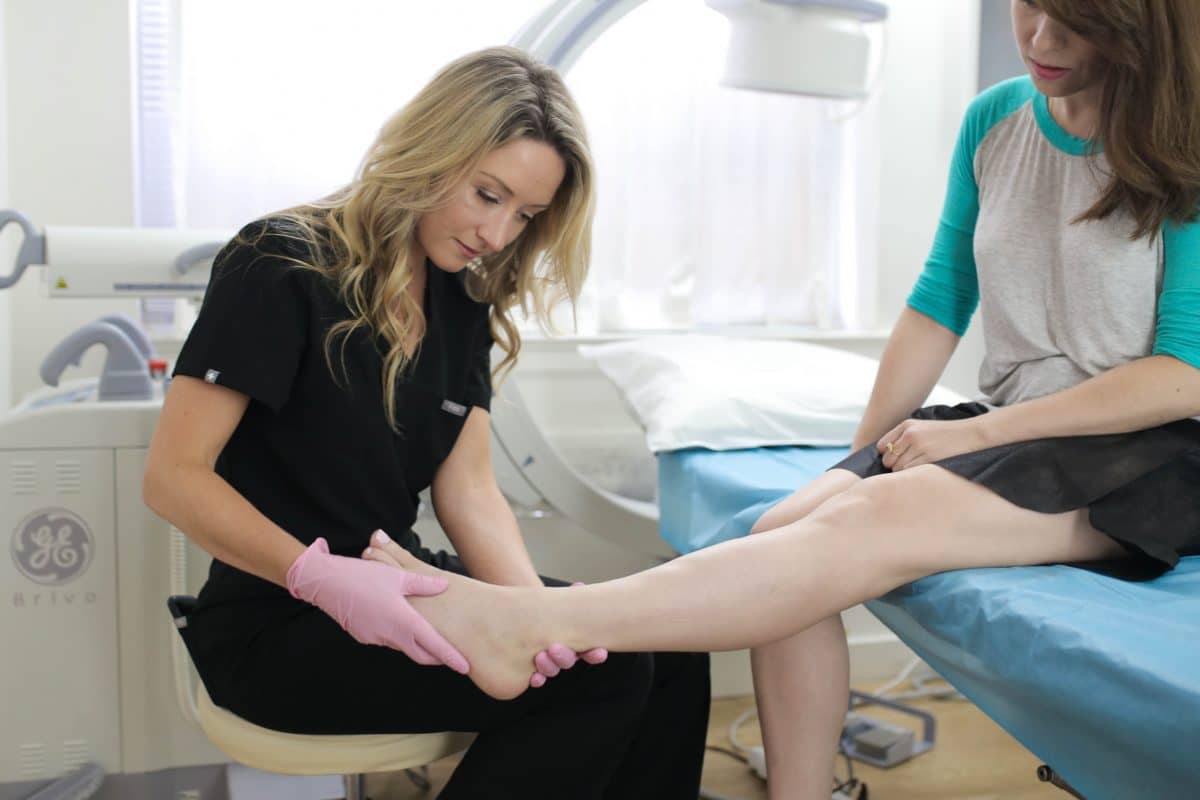
What happens if you already have prominent Spider Veins?
If you already have spider veins and want to find out what treatment options are available to you, schedule an appointment with a physician today. This allows you to make sure you don’t have an underlying condition causing the spider veins. Spider veins may be a sign of vein dysfunction deeper in the leg, a condition known as venous insufficiency. Often people have chronic venous insufficiency and don’t even realize it. They may have heaviness or discomfort in their legs at the end of they day and attribute this to old age or to hard work, but it is actually vein disease. Seeing a specialist is very important. If you have pain, swelling, or heaviness associated with your spider veins make sure to see an expert doctor.


